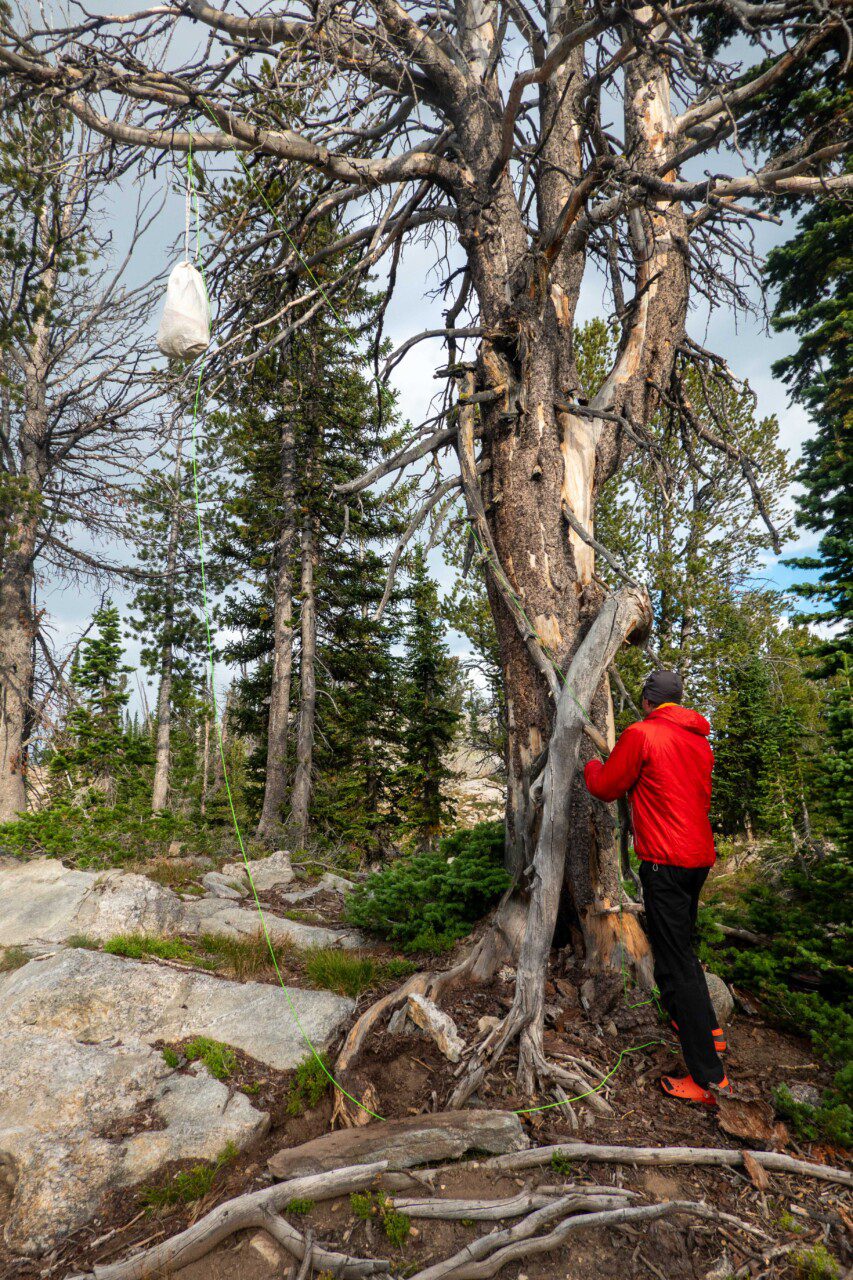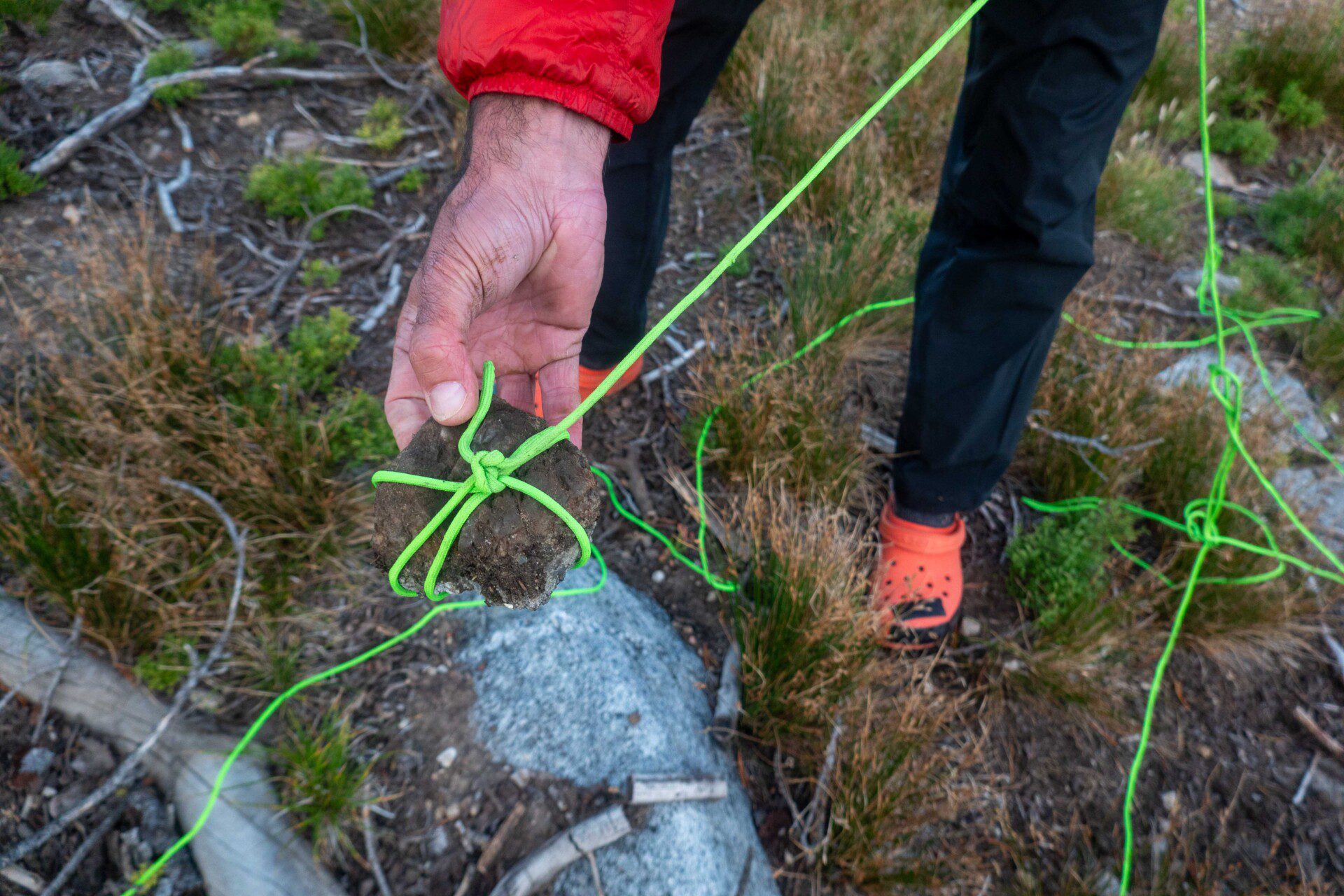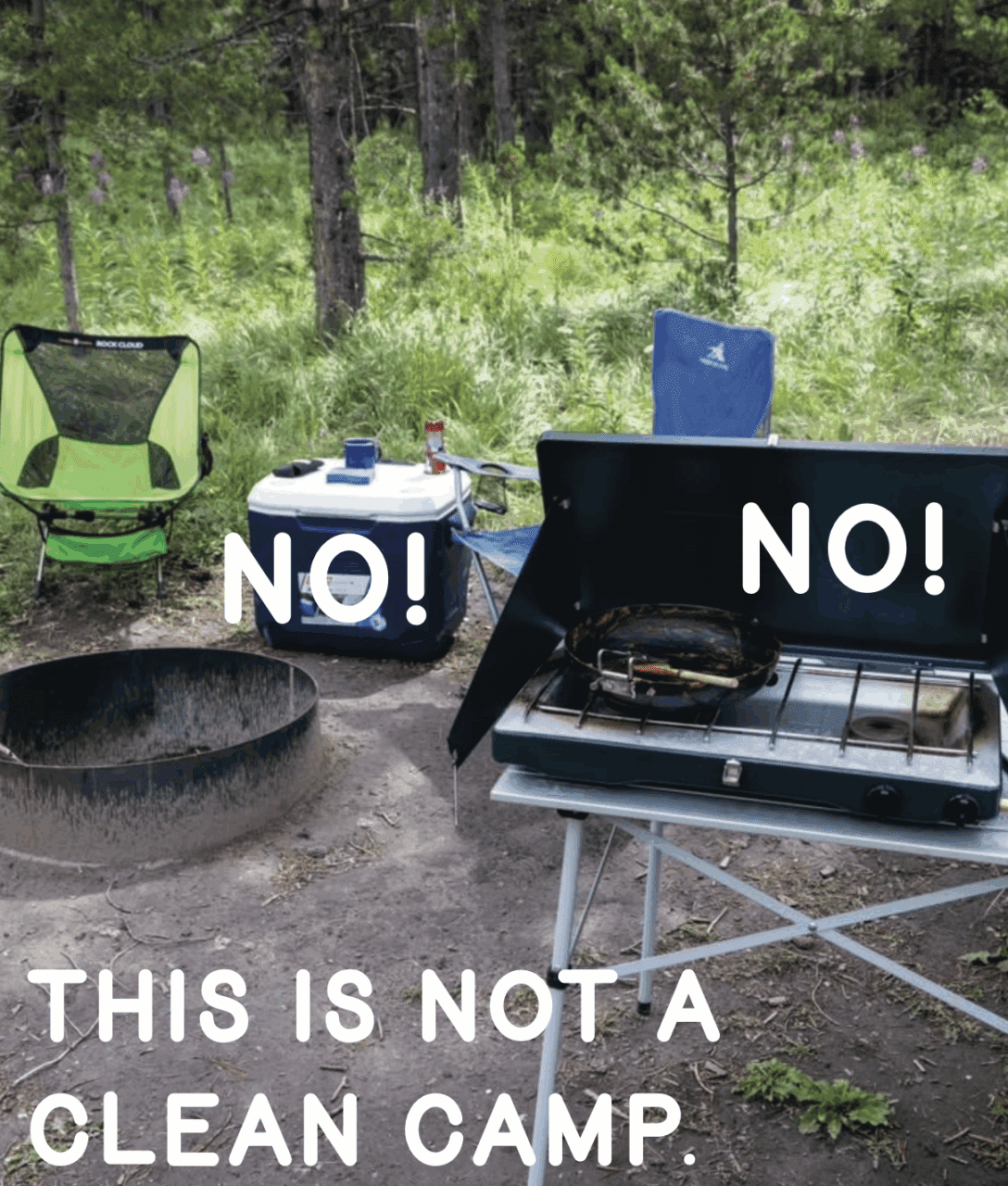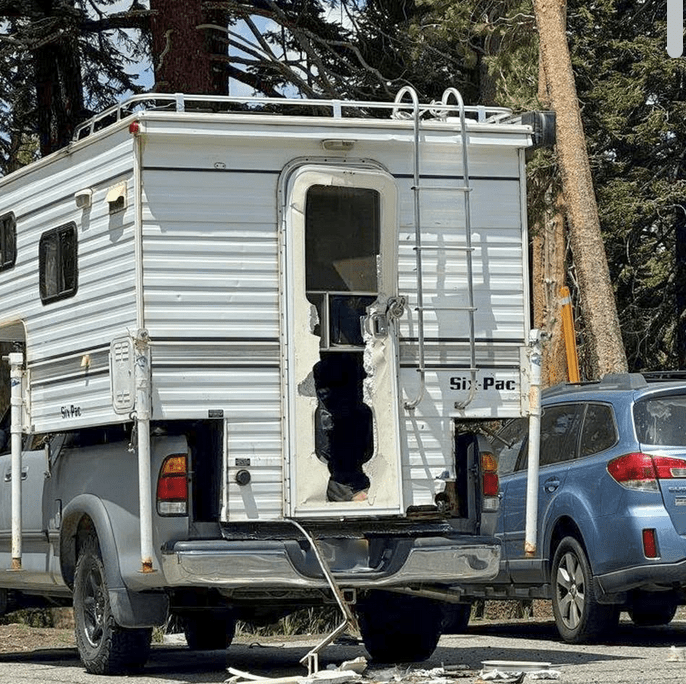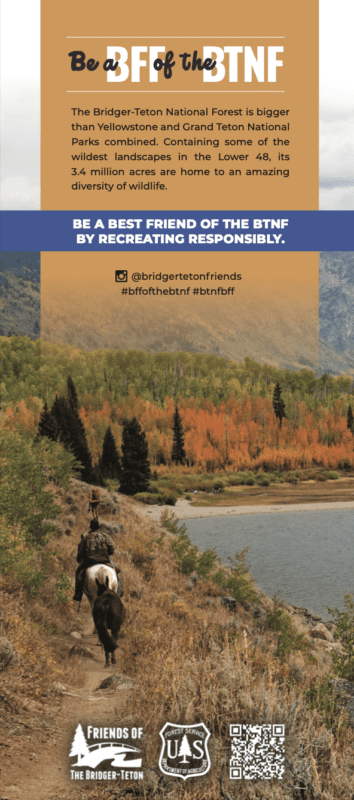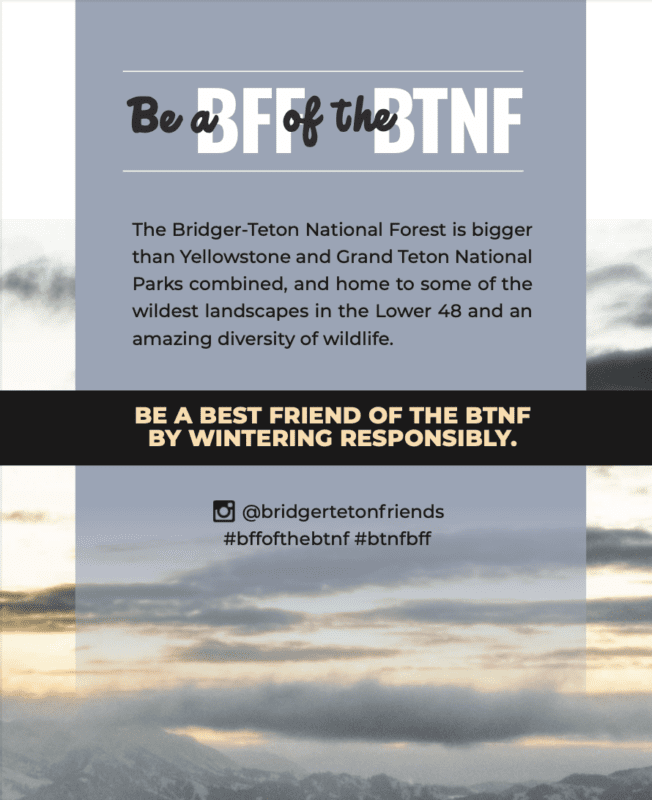“A Fed Bear is a Dead Bear.”
You’ve likely heard this, but what does it mean?
In bear country, how you store your food is more than a matter of convenience. It’s a matter of survival—for you, and for the bears. A left out Coleman stove, a stash of Snickers in a tent, or an easy-to-access cooler can set a bear on a path that ends with its destruction. Learning to store your food properly is one of the most important skills any camper, backpacker, or road tripper can master.

And bears aren’t the only wildlife you want to keep food from. You don’t ever want to feed ANY wild animal. It is unhealthy for them (human food can ruin the teeth and digestive systems of some species), leads to attraction and nuisance behaviors, and creates dangerous and unnatural dependencies. Also, bites from small food-conditioned animals (like chipmunks, squirrels, and mice) can transmit diseases including rabies and hantavirus.
Why Food Storage Matters
Bears have an incredible sense of smell—about 2,000 times that of a human’s! A candy bar in the bottom of your backpack, a splash of bacon grease on your shirt, even a tube of toothpaste—if it has an odor, a bear can find it.
When bears associate humans with food, they can lose their natural wariness and start approaching campsites, trailheads, and even towns. These “problem bears” are dangerous and most are eventually killed by wildlife managers.




